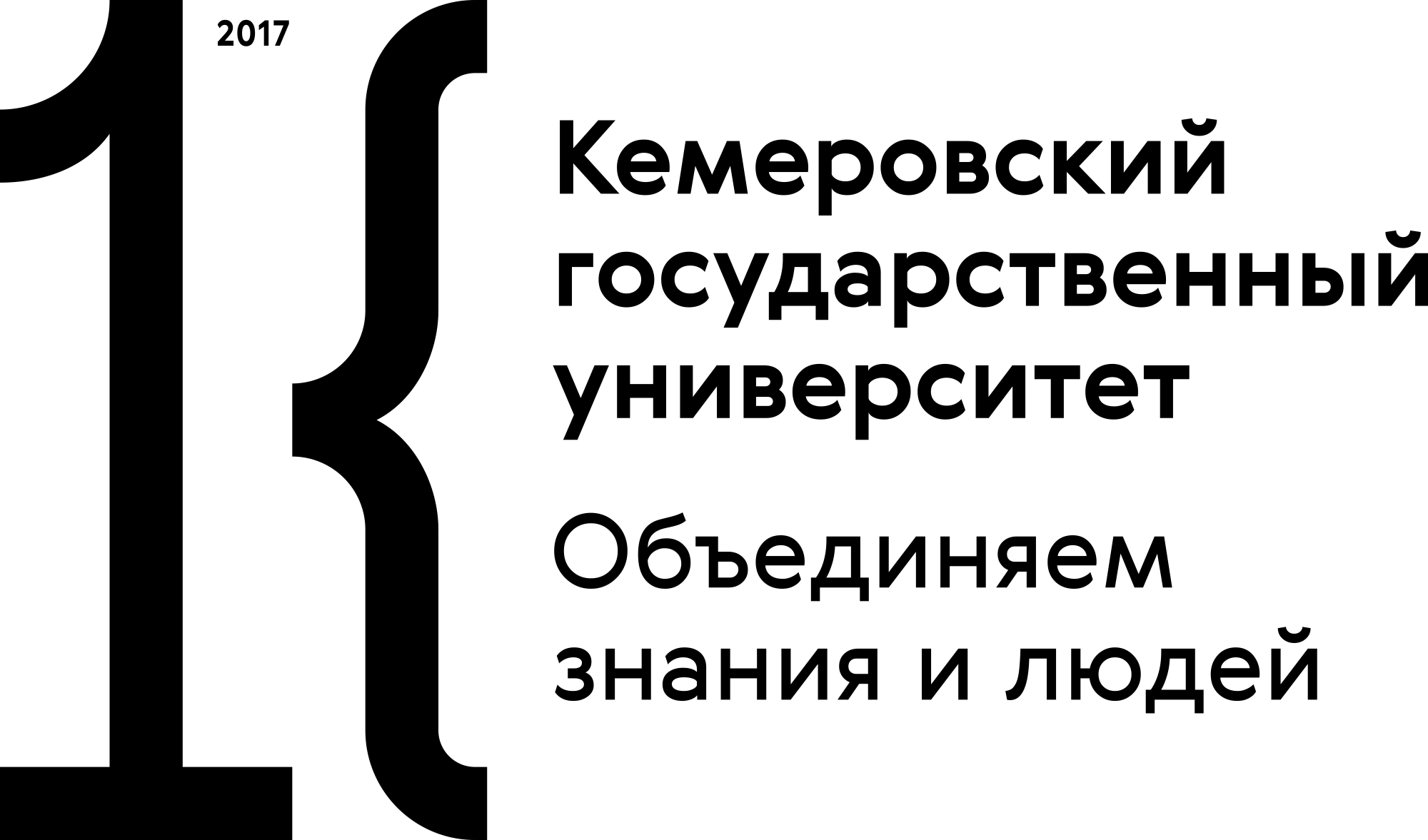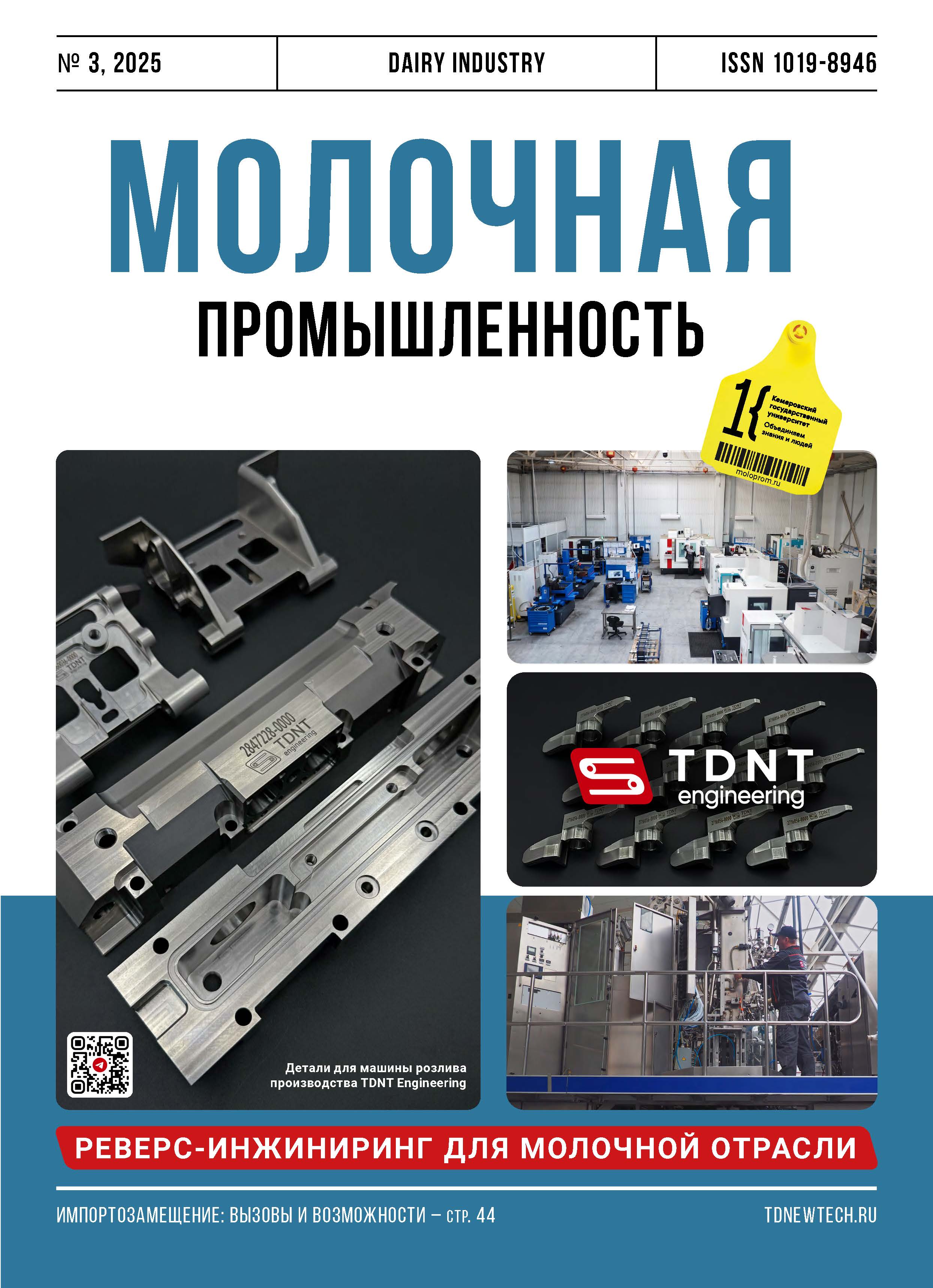Moscow, Russian Federation
Moscow, Russian Federation
Moscow, Russian Federation
Garlic powder and oregano oil are popular functional additives in fermented dairy foods. However, they are known to affect the titratable acidity and microbiological parameters of the finished product. The article describes the effect of these two components on starter culture during yogurt fermentation and on various microbiological processes during its storage. Using standard research methods, the authors determined the titratable acidity and viable cell count of starter microorganisms in yogurt during fermentation, as well as measured a set of microbiological parameters during storage at 4 ± 2 °C. The yoghurt samples fortified with 0.25, 0.50, 0.75, and 1.00% garlic powder and 0.50, 1.00, 1.50, and 2.00% oregano oil preserved their initial quality 15–20 beyond the standard storage time.
thick yoghurt, garlic powder, oregano oil, functional additives, titratable acidity, microbiological indicators
1. Zobkova, Z. S. Cel'nomolochnye produkty, obogaschennye funkcional'nymi ingredientami i pischevymi dobavkami / Z. S. Zobkova // Molochnaya promyshlennost'. 2007. № 10. S. 75. https://elibrary.ru/ibqrqv
2. Ostrecova, N. G. Obosnovanie sroka godnosti yogurta na osnove koncentrata obezzhirennogo moloka / N. G. Ostrecova, L. S. Salykina // Molochnohozyaystvennyy vestnik. 2021. № 1(41). S. 141–147. https://doi.org/10.52231/2225-4269_2021_1_141; https://elibrary.ru/unored
3. Dunchenko, N. I. Razrabotka obogaschennogo gustogo yogurta / N. I. Dunchenko, V. Rashed, V. S. Yankovskaya // Molochnaya promyshlennost'. 2023. № 5. S. 86–88. https://doi.org/10.21603/1019-8946-2023-5-22; https://elibrary.ru/wipbvk
4. Wajs, J. Shaping the physicochemical, functional, microbiological and sensory properties of yoghurts using plant additives / J. Wajs, A. Brodziak, J. Król // Foods. 2023. № 12(6). 1275. https://doi.org/10.3390/foods12061275
5. Günes Bayir, A. The effect of cinnamon on microbiological, chemical and sensory analyses of probiotic yogurt / A. Günes Bayir, M. G. Bilgin // Bezmialem Science. 2019. Vol. 7(4). P. 311–316. https://doi.org/10.14235/bas.galenos.2018.2628
6. Sarvari, F. Biochemical characteristics and viability of probiotic and yogurt bacteria in yogurt during the fermentation and refrigerated storage / F. Sarvari, A. M. Mortazavian, M. R. Fazeli // Applied Food Biotechnolog. 2014. Vol. 1(11). P. 55–61.
7. Bordea, D. Study on the action of the aliin from garlic (Allium sativum L.) against plant pathogens / D. Bordea [et al.] // Bulletin of University of Agricultural Sciences and Veterinary Medicine Cluj-Napoca Agriculture. 2013. Vol. 70(2) P. 334–337. http://doi.org/10.15835/buasvmcn-agr:9751
8. Ourouadi, S. Garlic (Allium sativum): A source of multiple nutraceutical and functional components / S. Ourouadi [et al.] // Journal of Chemical, Biological and Physical Sciences. 2016. Vol. 7(1). P. 009–021.
9. Espinoza, T. Garlic (Allium sativum L) and Its beneficial properties for health: A Review / T. Espinoza [et al.] // Agroindustrial Science. 2020. Vol. 10(1). P. 103–115. https://doi.org/10.17268/agroind.sci.2020.01.14
10. Yoshimoto, N. Identification of a flavin-containing S-oxygenating monooxygenase involved in alliin biosynthesis in garlic / N. Yoshimoto [et al.] // The Plant Journal. 2015. Vol. 83(6). P. 941–951. https://doi.org/10.1111/tpj.12954
11. Frankel, F. Health functionality of organosulfides: A review / F. Frankel [et al.] // International Journal of Food Properties. 2016. Vol. 19(3). P. 537–548. https://doi.org/10.1080/10942912.2015.1034281
12. Polyakov, A. The elemental composition of garlic (Allium sativum L.) and its variability / A. Polyakov, T. Alekseeva, I. Muravieva // E3S Web of Conferences: 13th International Scientific and Practical Conference on State and Prospects for the Development of Agribusiness, INTERAGROMASH 2020. EDP Sciences, 2020. 01016. https://doi.org/10.1051/e3sconf/202017501016; https://elibrary.ru/dehuyc
13. Verma, T. Medicinal and therapeutic properties of garlic, garlic essential oil, and garlic-based snack food: An updated review / T. Verma [et al.] // Frontiers in nutrition. 2023. Vol. 10. 1120377. https://doi.org/10.3389/fnut.2023.1120377
14. Leyva-López, N. Essential oils of oregano: Biological activity beyond their antimicrobial properties / N. Leyva-López [et al.] // Molecules. 2017. Vol. 22(6). 989. https://doi.org/10.3390/molecules22060989
15. Shahbazi, Y. Effects of Oregano Methanolic Extract on the Chemical, Microbial, and Sensory Properties of Yogurt / Y. Shahbazi, N. Shavisi // Journal of Nutrition, Fasting & Health. 2019. Vol. 7(3). https://doi.org/10.22038/jnfh.2019.39732.1189
16. Delgado-Fernández, P. Effect of selected prebiotics on the growth of lactic acid bacteria and physicochemical properties of yoghurts / P. Delgado-Fernández [et al.] // International Dairy Journal. 2019. Vol. 89. P. 77–85. https://doi.org/10.1016/j.idairyj.2018.09.003
17. Rul, F. Yogurt microbiology, organoleptic propertiesand probiotic potential / F. Rul // Fermented Foods. 2017. P. 418–450.
18. Vargavisi, É. How to maintain the effective levels of probiotics throughout the shelf life in yoghurt: A review / É. Vargavisi, G. Pápai // Acta Agraria Kaposváriensis. 2015. Vol. 19(1). P. 65–74.
19. Polyakov, A. V. Chesnok (Allium Sativum L.) kak istochnik essencial'nyh elementov / A. V. Polyakov, T. V. Alekseeva, S. V. Loginov // Vestnik Moskovskogo gosudarstvennogo oblastnogo universiteta. Seriya: Estestvennye nauki. 2018. № 4. S. 107–114.https://doi.org/10.18384/2310-7189-2018-4-107-114; https://elibrary.ru/ytsdad







